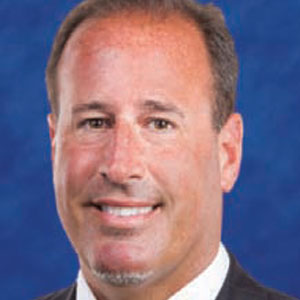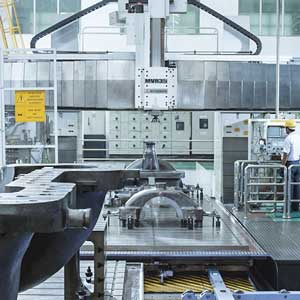THANK YOU FOR SUBSCRIBING
Editor's Pick (1 - 4 of 8)

How to Future Proof Your Workplace
Cole Purdie, Head of Digital & Technology for Southeast Asia, India, Middle East and Africa, CBRE


Cole Purdie, Head of Digital & Technology for Southeast Asia, India, Middle East and Africa, CBRE
Put people first
Future proofing your office is all well and good – in fact, it’s a necessary response to the ascendance of younger generations in the workplace. However, you should never lose sight of the needs of the people who are working in the office day in and day out.
The offices of tomorrow are not just defined by their state-of-the-art technology, but by whether they provide a user-centric workplace experience. After all, there is no point investing in the latest high-tech tools if the essential touchpoints in the office are a daily source of frustration for employees.
Let’s take workstations as an example. Asthe single point of touch down where employees spend most of their time, the workstation must work. Here, simplicity and minimalism are key to ensuring productivity. For instance, in CBRE’s new Singapore headquarters, we wanted to give every user the flexibility of working from any desk in the office. This was made possible by equipping workstations with one single cable through which your monitor, power and network could all be connected. After collecting employee feedback, we also decided to go with desk phones over softphones; because let’s face it, some habits are hard to kick.
Delivering a seamless workstation experience may not sound like a big deal – but when it comes to office life, it’s the simple stuff that matters. The technology you implement in your office needs to bring value to your employees and empower them to do their best work. This is the most important factor to consider when deciding which tools to integrate into your office.
Connect technology with hospitality
Another compelling reason to invest in a tech-forward workplace is the appeal that it holds for the millennial and Gen Z workforce. As “trendy”, digitally driven work environments become the norm, it’s vital to adopt this new blueprint if you want to attract the next generation of talent.
However, technology is only part of the equation. The trend of hospitality-oriented workplaces has really taken off – meaning that millennial workers increasingly expect to work in offices that will cater to their needs in real time. Hence the growing popularity of workplace experience platforms, like CBRE’s Host, that are designed to help employees schedule meetings, reserve workspaces, navigate the office, and even order coffee. By fusing technology with the more human element of hospitality, these digital platforms enhance the employee experience across all aspects of their work day.
In summary, delivering a digital office is about much more than showcasing flashy tools. It’s about developing a solid infrastructure and getting the fundamental details right. It’s about choosing and implementing the technologies that are best suited to your employees’ needs. And lastly, it’s about combining technology with a more hospitality-oriented approach, so that your digital office becomes a workplace that resonates with newer generations of employees.
Check this out: Top Enterprise Security Startups in APAC
Top Recruitment Solution Companies
Weekly Brief
I agree We use cookies on this website to enhance your user experience. By clicking any link on this page you are giving your consent for us to set cookies. More info
Read Also










.jpg)


